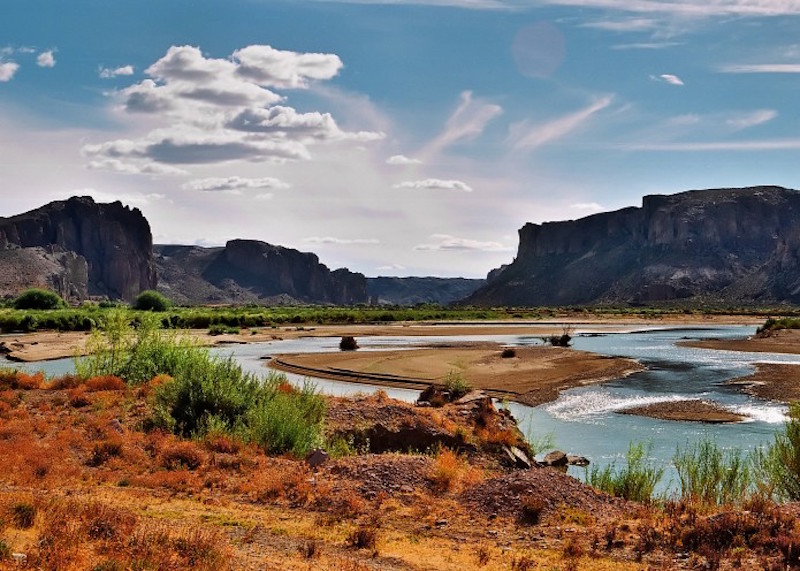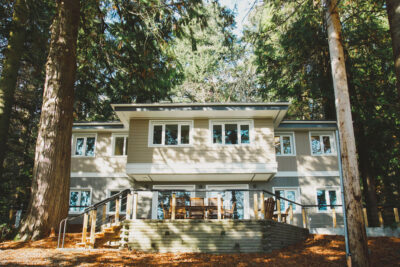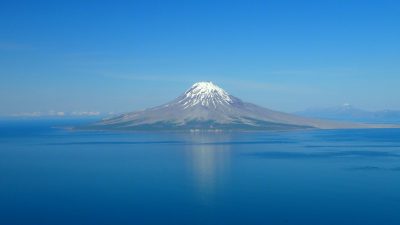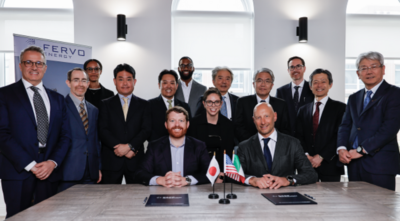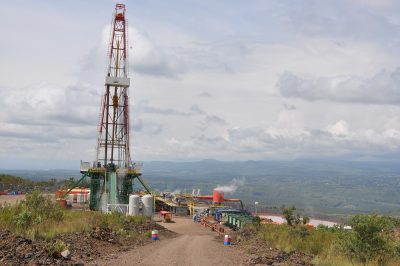Argentina to be launching renewable energy auction this summer
With an imminent renewable energy auction planned for Argentina, it is hoped that geothermal projects will be eligible to compete to help the country reach its renewable energy targets.
Argentina’s President Mauricio Macri has announced the first auction for the acquisition of electricity from renewable energy. The auction is intended for power generation capacity of up to 1 GW, which it should be incorporated into energy mix by summer of 2017/2018. So far though it seems like only solar, wind, biomass and small hydro projects will be eligible, but one can hope that it will also be open for geothermal projects.
The expected size of projects is for projects 10 to 40 MW with a target price of below US$100/ MWh ($0.10/ kWh). About 50% of capacity is likely expected to be coming from wind parks, as mentioned by the country’s Minister of Mines and Energy Juan José Aranguren recently at an event in Houston, Texas.
Definitive conditions will be announced in June and the solicitation will be held in September. The auction is intended to produce investments of US$2 billion. The government is in negotiations with the World Bank for an investment guarantee.
With provisional specifications for the auction to be published in June, companies will have an opportunity to send in comments. In June 2016, definite terms of the auction will be published by the Argentinian government. The process will be managed by Cammesa, a public company which administers the larger Argentine electricity market. The close of offers is planned for August and completion of the auction one month later.
Source: PV Magazine
